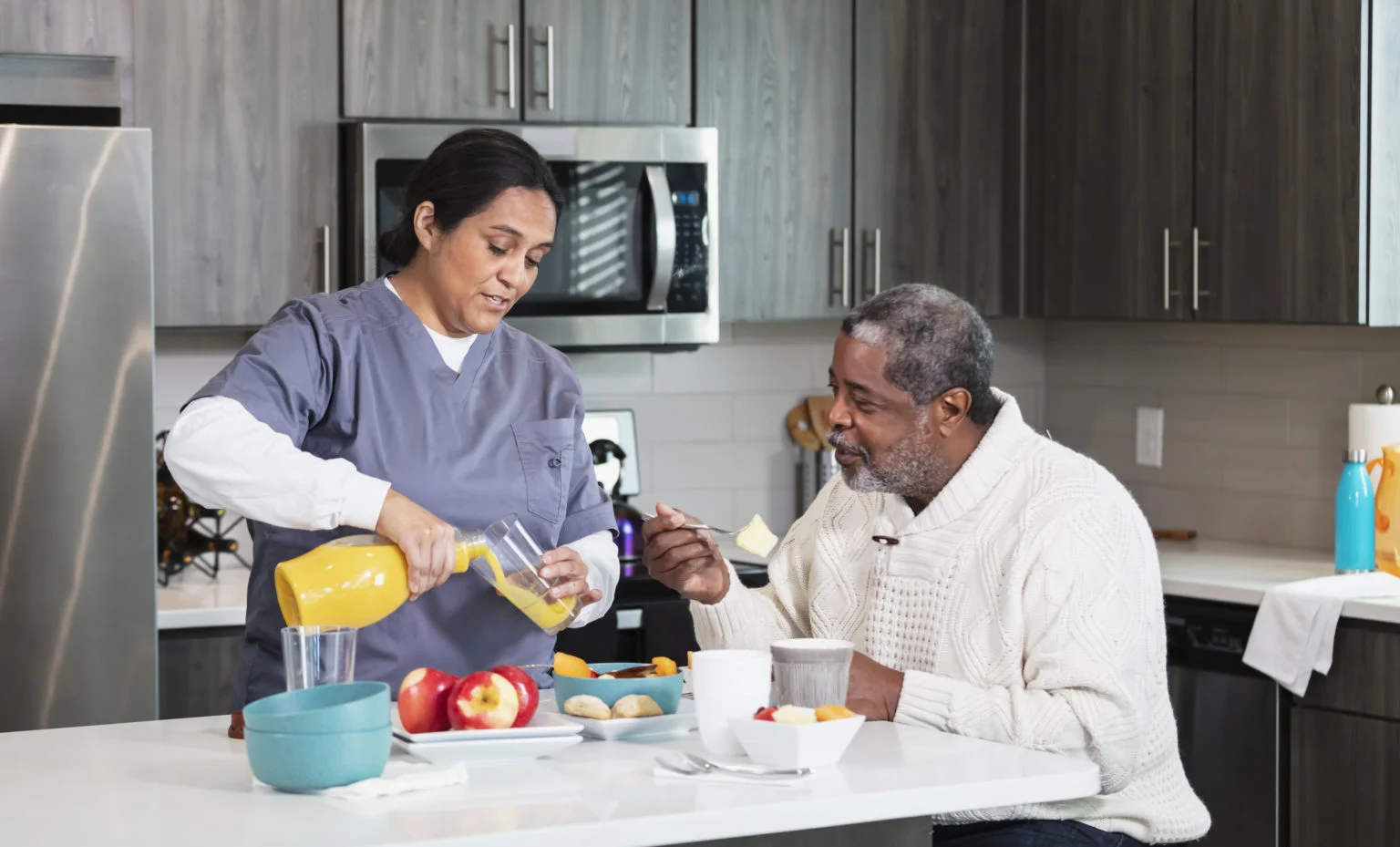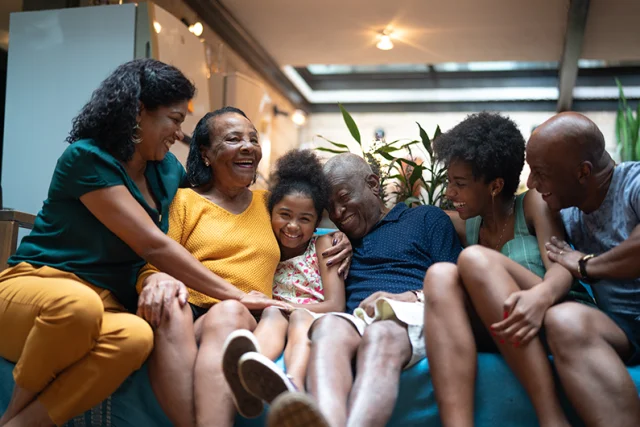Tag: Black

As workers age, poor health or disabling physical conditions can interfere with holding down a job. Sometimes people are forced to quit working if things get really rough, whether they’re ready to retire or not. But race also figures into this predicament, because workers of color are already in poorer health and tend to hav…

It’s been well documented that the COVID recession and layoffs in 2020 were particularly hard on Black, Hispanic, and Latino Americans. But if they had a disabling physical and medical condition, they felt it much more. In a new study examining the cumulative impact of having a disability combined with the disadvantages of being an…










